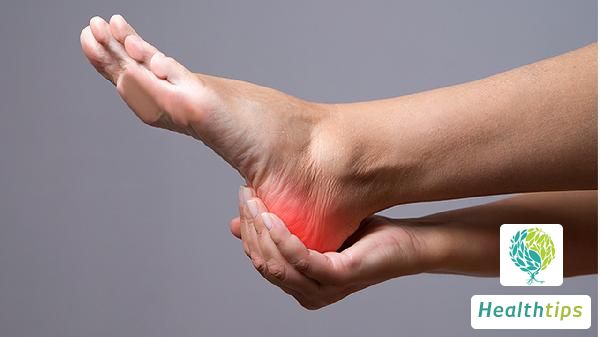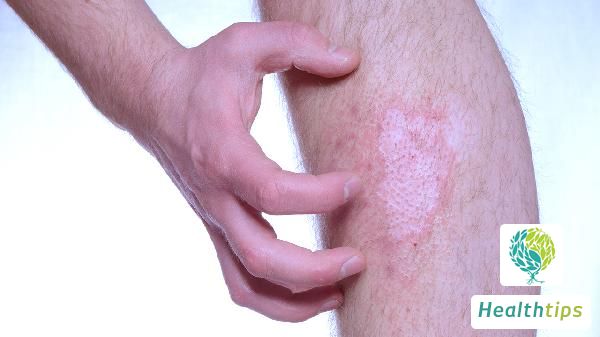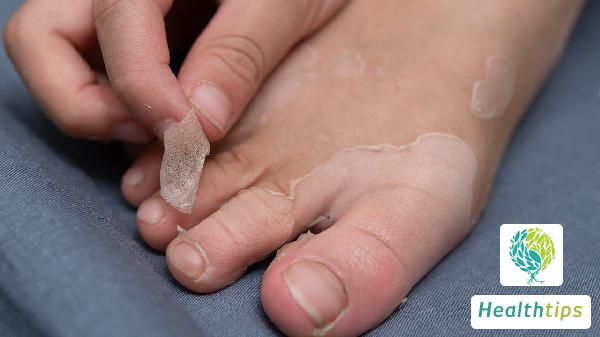How to Treat Spinal Cord Bleeding?
The spine is a crucial part of the human body, containing numerous nerves in the spinal cord. Issues with the spinal cord can lead to conditions such as hemiplegia and high paraplegia. When it comes to the treatment of spinal cord bleeding, it is essential to first identify the underlying cause. Causes can include trauma, myocardial infarction, tumors, arteriosclerosis, and more. Depending on the cause, treatment may involve surgical removal of blood clots or the administration of medication to promote neural recovery.

Firstly, what are the causes of spinal cord bleeding? Direct or indirect factors such as severe back or hip injuries, heavy lifting, and severe coughing can trigger intraspinal bleeding. Spontaneous intraspinal bleeding can be seen in conditions like hemophilia, thrombocytopenic purpura, leukemia, and acute CO poisoning. Myocardial infarction, cardiac arrest, aortic rupture, aortic angiography, and severe hypotension caused by chest and spinal conditions, as well as atherosclerosis, syphilitic arteritis, tumors, and arachnoid adhesion, can all lead to ischemic spinal cord disease. Trauma is the primary cause of intraspinal bleeding, while spontaneous bleeding is more common in spinal arteriovenous malformations, aneurysms, hematological disorders, tumors, and post-anticoagulation treatment.
Secondly, what are the treatment methods for spinal cord vascular diseases? The treatment principles for ischemic spinal cord vascular diseases are similar to those for ischemic stroke, involving the use of vasodilators and drugs to promote neural recovery. Hypotension should be corrected, and analgesics may be administered for pain relief. Epidural or subdural hematomas require emergency surgical removal to relieve spinal cord compression. Other types of intraspinal bleeding should be treated based on the underlying cause, using dehydrating agents, hemostatic agents, and other measures. Vascular ligation, resection, or interventional embolization may be performed for spinal cord vascular malformations. Additionally, traditional Chinese medicine, including herbal remedies, acupuncture, and massage, can be used to promote qi and blood circulation. Finally, patients with paraplegia require enhanced nursing to prevent complications such as bedsores and urinary tract infections. Limb function training and rehabilitation should begin as soon as possible after the acute phase or when the condition stabilizes.



















